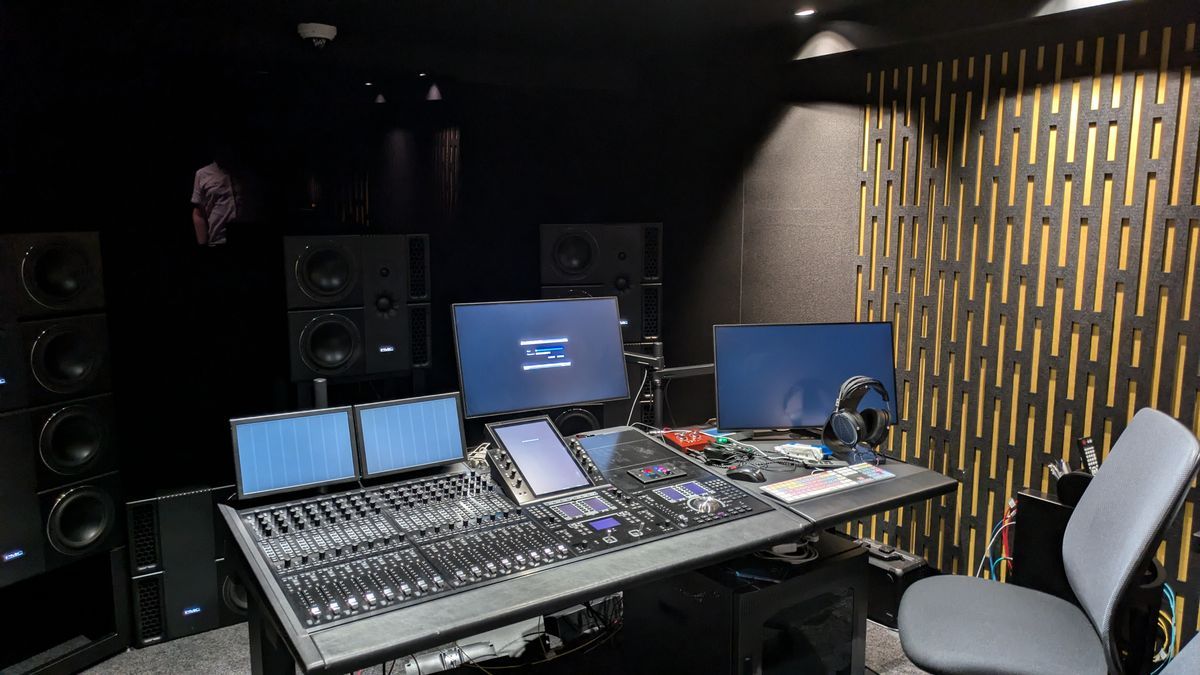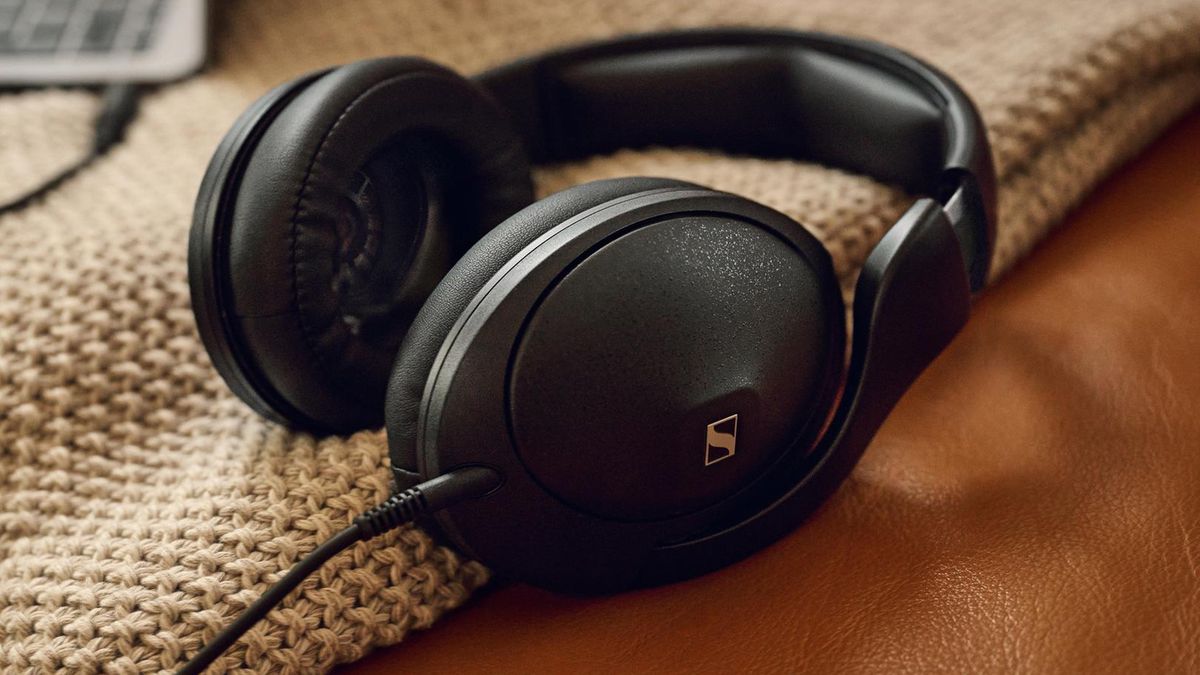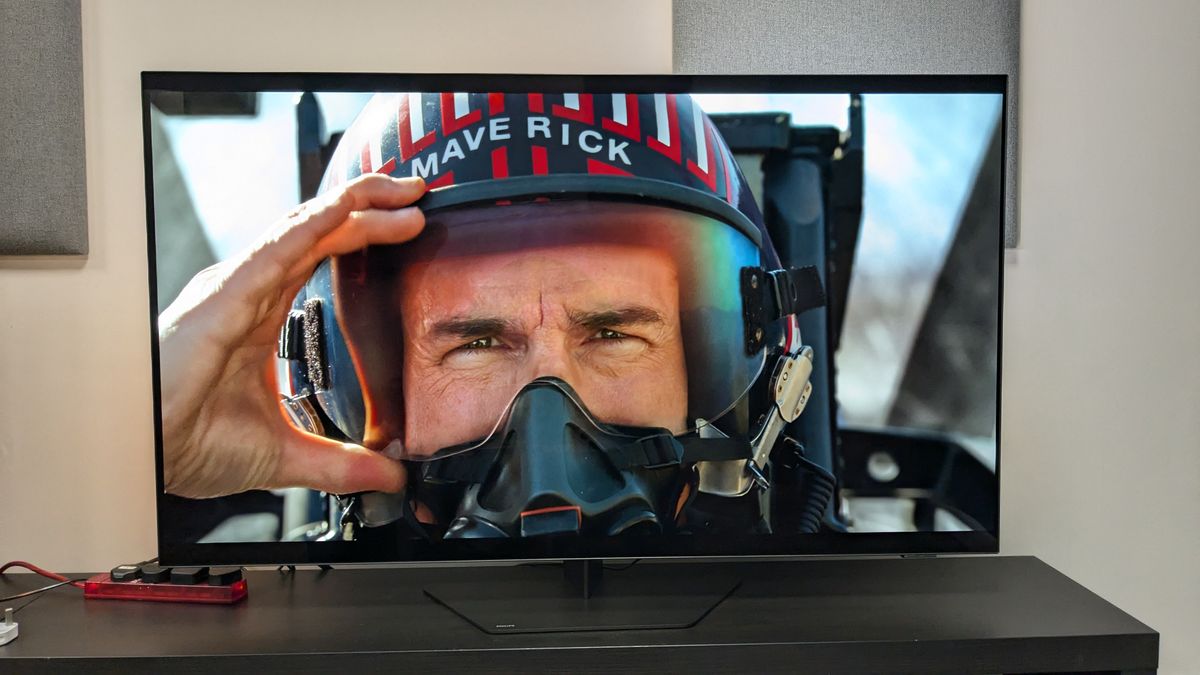Dolby Atmos is a phrase you'll encounter when shopping for a new TV, sound bar, or home theater speakers. An extension of more traditional 5.1-channel surround sound, Dolby Atmos aims to create a more immersive experience by adding height channels to mixes, creating a “dome” effect that envelops you.
Dolby Atmos has now become a staple feature of home theater technology through the smart virtual processing of some of the best soundbars, such as the Sonos Beam Gen 2, and in physical form of some of the best soundbars. Dolby Atmos, like the excellent Samsung HW. -Q990D, which uses upward-firing drivers in the sound bar itself and the system's wireless surround speakers.
When I review a sound bar, connected to one of the best Dolby Atmos-compatible TVs, Dolby Atmos sound adds a new layer to the viewing experience, with additional height effects in scenes like the Batmobile chase in the batman and the final attack on the Death Star inStar Wars: a new hope achieving an even more immersive quality.
It's no surprise then that Dolby Atmos has spread beyond movies to music and also podcasts and audiobooks. Even now, classic tracks are getting the Atmos treatment on streaming sites like Tidal and Apple Music (they may be called Spatial Audio in some cases).
No matter how widespread it is, Atmos music has never convinced me. It's fair to say that I've always been more of a traditionalist and prefer to listen to a set of the best stereo speakers connected to an amplifier while playing music. Born to run by Bruce Springsteen for the hundredth time. For me, Dolby Atmos never added much to that experience, and in fact I've sometimes thought it was a complicated thing. Call me old-fashioned!
But then I had the opportunity to see what the Dolby Atmos production process for music, podcasts and audiobooks entails at Dolby Europe's headquarters in Soho, London, and everything changed.
where the magic happens
Dolby's 9.1.4-channel Atmos production room is compact, cozy, and perfectly configured for audio mixing. Something that didn't surprise me when I saw how much work went into their 34-speaker reference room.
My experience began, of all things, with a Dolby Atmos audiobook clip of a time-traveling character. When the time machine activated, a swirl of sound encapsulated the room, with pulsing noises and the time traveler's quiet voice creating a Doctor Who-esque atmosphere. Another character's voice intervened from behind, giving me a real sense of space and involving me in the action. It really felt like a movie.
Shortly after, I listened to a clip from another podcast/audiobook, this one was a military drama where the thoughts inside a character's head wandered around the room. I heard footsteps moving across the room as whispers and hums dotted everything around.
It was incredible to hear these audiobooks take on a life of their own, giving me the same sense of immersion I felt when watching movies with Dolby Atmos soundtracks.
play the music
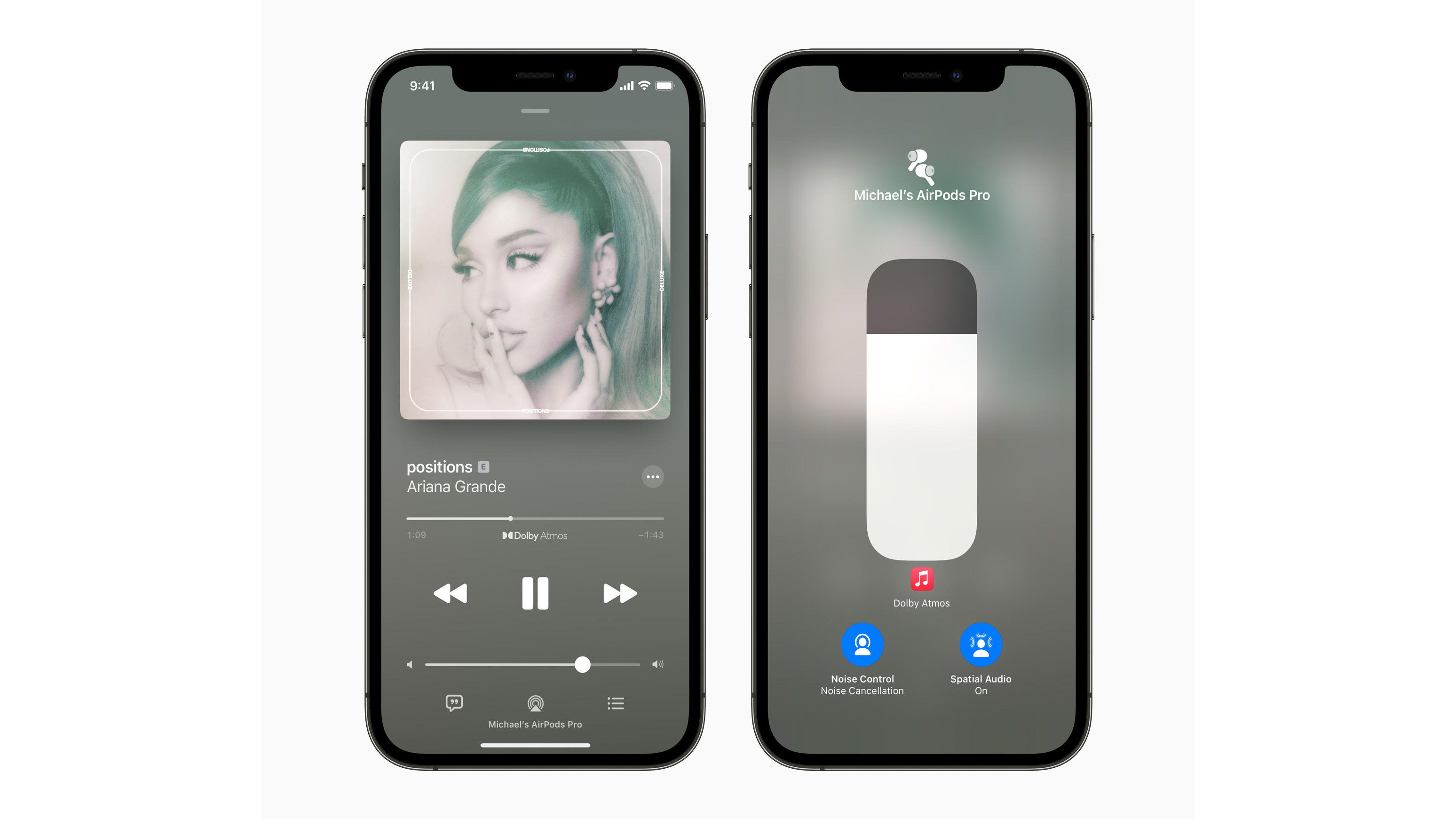
Then came the music. The first track played was Believer by Imagine Dragons. It's a track with great production and a stadium-sized atmosphere and every element sounded balanced. Drums hit the floor, claps were precisely placed on one side of the room, and layered vocals came at me from all sides, enveloping the room and sounding incredibly clean.
It didn't surprise me that a modern track like Believer It sounded great in Atmos, but when the next track, Elton John rocket man, was queued up, I was curious to see how an older track remixed for Atmos would fare. This was where my take on Dolby Atmos music In fact change.
rocket man in Atmos transmitted the atmosphere of space and expanded it on a large scale. The slide guitars used to create the sound of stars and ships moved from the back to the front of the room, passing overhead through the height channels. The bass and pianos sounded well balanced and when a chorus of vocals subtly appeared in the mix, it was something I had never noticed before when listening to the track.
The space opera feel of rocket man Giving it the sense of scale that Elton John had intended when he first wrote it was, to me, the best demonstration of what Dolby Atmos can do for music. Crucially, the smooth, warm quality of the original recording was still present, as if the original vinyl was being played on a Linn turntable through Wharfedale speakers in a 1970s UK living room.
While all this was happening, a visual display above the production room's mixing desk tracked the movement of sound elements through the speakers, showing how much detail is included in a Dolby Atmos mix.
Final thoughts
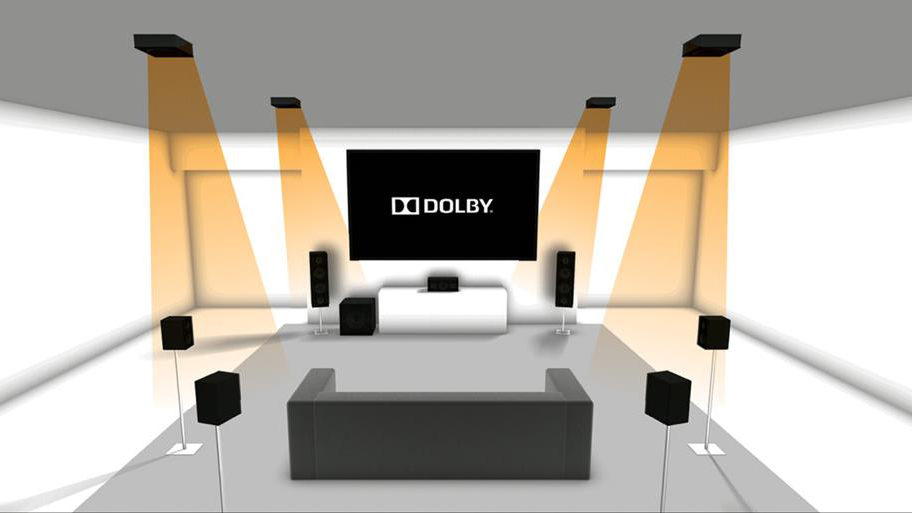
The time I spent in Dolby's Atmos production room finally opened my mind to Dolby Atmos music. However, to get its true benefits, you need a system that can properly reproduce it in all its capabilities, with full surround sound and overhead speakers, and it's true that it won't be cheap.
Does this mean I'm done with stereo? No, far from it. But it does mean I want to listen to more Dolby Atmos music – someone bring me some Bowie. When it comes to Atmos music, as the Monkees once sang, “I'm a believer now.”

